If you travel to the U.S. regularly, consider getting a U.S. dollar credit card from your Canadian bank. You’ll make purchases in USD and pay your credit card bill using USD to avoid annoying exchange fees.
If you're not a frequent traveller, you might not be familiar with foreign exchange fees. When you use your credit card abroad, the issuer converts the foreign currency to CAD, making payments more manageable. However, they’ll add a 2.5% foreign exchange fee on each purchase, so your total increases quite a bit.
USD credit cards aren’t for everyone, but they can offer significant savings and conveniences for the right users. The article below explains the details and differences between these and typical Canadian cards so you can determine which type is best for you.
Never miss an amazing deal again + get our bonus 250+ page eBook for FREE. Join 50,000 other Canadians who receive our weekly newsletter – learn more.
What are U.S. dollar credit cards?
They work just like all credit cards do – but with a twist.
You make purchases on the card in USD. Then, when it comes time to pay your bill, you also have to pay it in USD.
That's how you avoid the typical 2.5% foreign transaction fee. Everything is done in the same currency – USD.
If you use a USD credit card on purchases in any other currency, you'll pay the standard 2.5% foreign conversion fee. And yes, this includes CAD.
One thing you'll need with these cards? A U.S. dollar bank account to store your USD and make bill payments in the correct currency (most of the big 5 banks offer choices for residents of Canada).
U.S. dollar vs. no foreign transaction fee cards
How do U.S. dollar credit cards compare to no foreign exchange fee cards?
Credit cards generally convert any purchase you make in a foreign currency into Canadian dollars. This is done at an exchange rate determined by the network (Amex, Mastercard, or Visa).
Credit cards with no foreign exchange (fx) fees save you an additional 2.5% – the typical fee most credit cards charge for foreign transactions.
Then, when it comes time to pay your bill, it'll be in Canadian dollars, and there's no need to convert your money – your credit card was already converted for you when you made the purchase.
This is where, for most people, a credit card with no foreign exchange fee is better, even for USD purchases. You don't need to maintain a U.S. dollar bank account and convert your Canadian currency to USD just to pay the bill. Plus, you can use no foreign exchange cards for any currency you want.
No foreign exchange cards are much simpler to use and they're generally much better when it comes to things like rewards and features as well.
Do you need a USD bank account for a USD credit card?
You’re not always required to have a USD bank account, but some banks give you incentives for having a USD chequing account. For example, CIBC waives the annual fee for its Aventura Gold Visa USD card if you also have a USD account.
Just remember that you’ll need a way to pay for your USD credit card in USD, so having a US account makes sense.
Is a U.S. dollar credit card worth it?
There are a few instances when the USD credit card is worth it: If you live in the U.S. for part of the year or have USD income while making frequent purchases in USD.
For example, if you have a U.S. contract or job for part of the year, which means you’re travelling and buying things in the States, getting a USD credit card might make sense since you’ll save on the foreign exchange fees your bank would otherwise charge you.
BMO, RBC, and Scotiabank all offer USD credit cards with insurance, rewards, and annual fee rebate options.
A no-foreign exchange card is probably a better option if your needs differ. You won’t have to find a way to pay your credit card in USD, and you can use the fx card in any country, not just the U.S.
Using a no-foreign exchange fee card is a simpler and more flexible option that can reward you for everyday purchases in any country. The following table has our favourite credit cards with no foreign exchange fee.
| Credit Card | Welcome Bonus | Earn Rates | Annual Fee, Income Requirements | Apply Now |
|---|---|---|---|---|
| Scotiabank Gold American Express | 50,000 points | * 5 points per $1 on groceries, restaurants, and entertainment * 3 points per $1 on gas, transit, and select streaming services * 1 point per $1 all other purchases | * $120 * $12K personal income | Apply Now |
| Scotiabank Passport Visa Infinite | 35,000 points | * 2 points per $1 on groceries, dining, entertainment, and daily transit * 1 point per $1 all other purchases | * $150 * $60K personal or $100K household income | Apply Now |
| Home Trust Preferred Visa | None | * 1% cash back on eligible purchases | * $0 * No income requirements | Apply Now |
FAQs
How do you get a USD credit card in Canada?
You can apply for a USD credit card much like any other credit card. Start by choosing a card or a bank you’d like to work with. You can usually apply in-person, online, or over the phone.
Does TD have a US dollar credit card?
Yes, there is the TD U.S. Dollar Visa card. This simple credit card charges a $65 USD annual fee and includes 8 types of insurance. However, the card doesn’t allow you to earn rewards.
creditcardGenius is the only tool that compares 126+ features of 231 Canadian credit cards using math-based ratings and rankings that respond to your needs, instantly. Take our quiz and see which of Canada's 231 cards is for you.




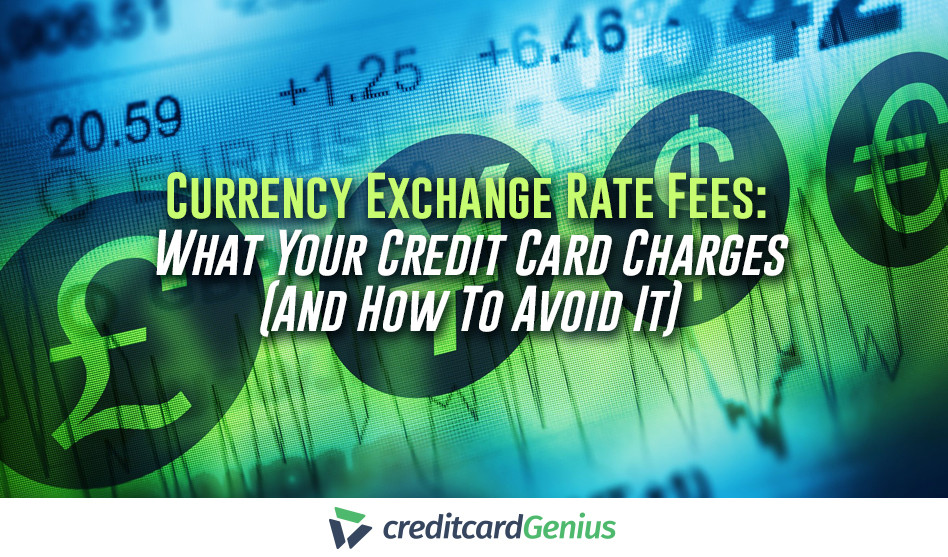



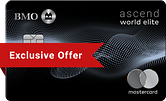
 GC:
GC: 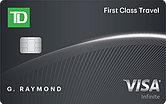



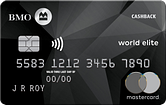
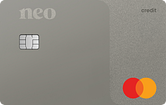
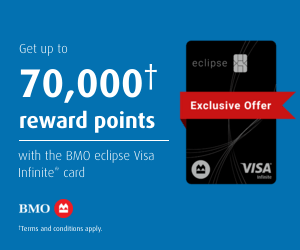
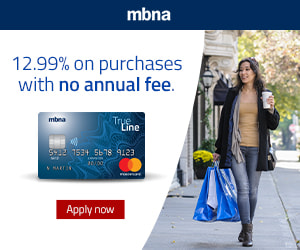
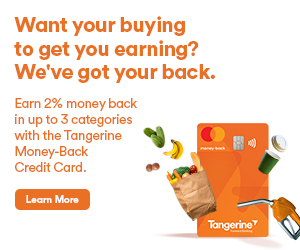

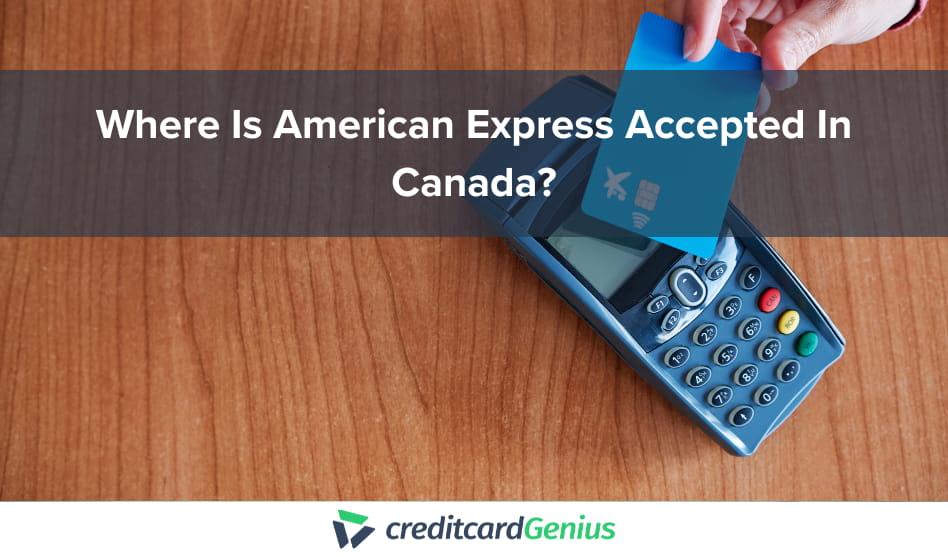


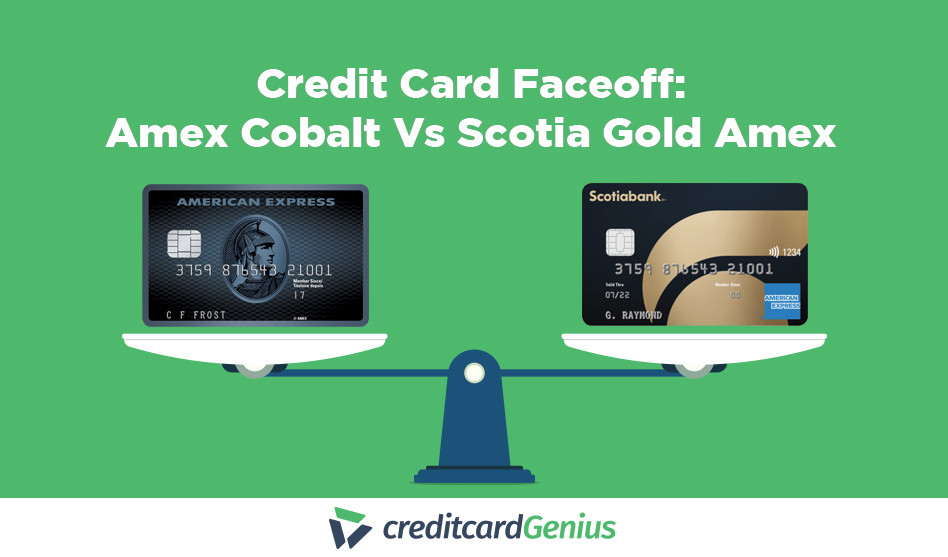

.png)





















 $100 GeniusCash + Earn up to 15,000 Welcome Bonus Membership Rewards® Points.*
$100 GeniusCash + Earn up to 15,000 Welcome Bonus Membership Rewards® Points.*
Comments
Leave a comment
Required fields are marked with *. Your email address will not be published.